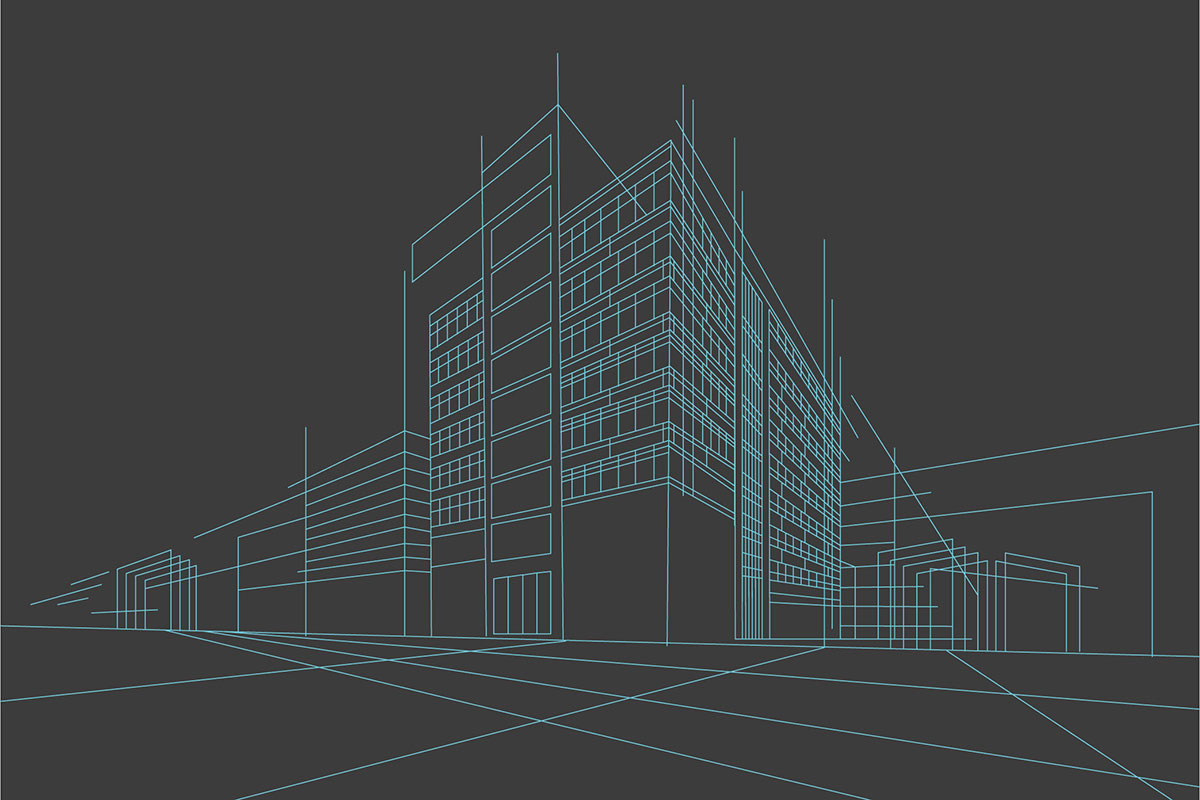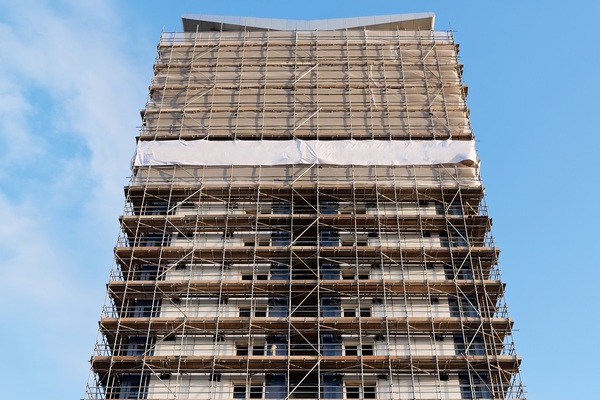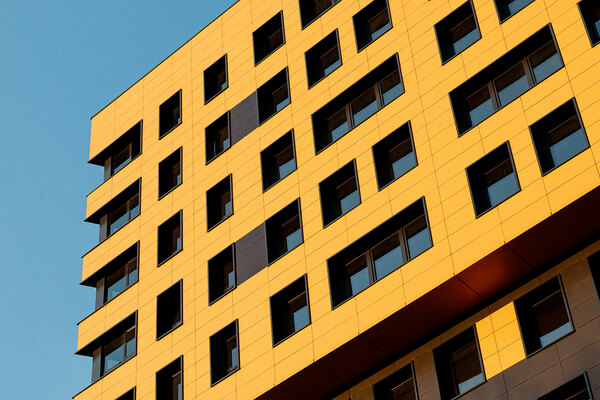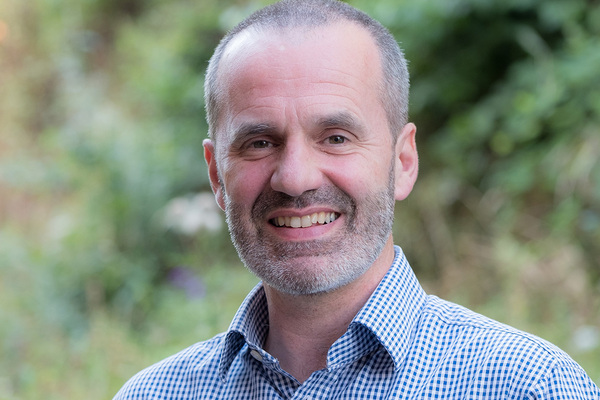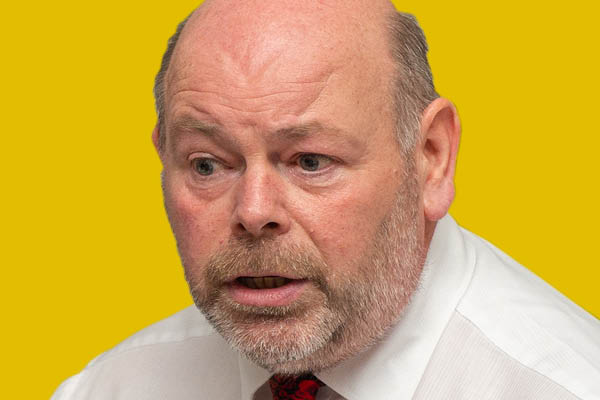‘Lockdown made our relationships stronger’
Inside Housing and Aico’s Resident Safety Campaign seeks to uncover outstanding work by social landlords to raise residents’ awareness of safety issues. Here, we speak to Paul Dockerill of WHG
In association with:

Last year Inside Housing launched a Resident Safety Campaign, in association with Aico, to showcase good practice in working with residents to raise awareness of safety issues. As part of the campaign, we ran a competition to identify and celebrate the best approaches from across the housing sector.
This year, we are continuing and building on the Resident Safety Campaign by appointing 12 Safer Homes Ambassadors over the course of the year, drawing on their knowledge of how best to communicate with residents about safety issues.
One of our ambassadors is Paul Dockerill, director of energy and programme management at 21,000-home Midlands-based housing provider WHG.
The landlord’s Project High Rise was one of our competition winners last year.
“Project High Rise was set up so we could get a better understanding of how our residents feel about living in a high-rise block.
“Activity included residents observing a fire safety test, to show that their cladding was safe. A year later, 88% of residents at 11 blocks said they feel safe at home. Satisfaction has gone up purely because we’ve had more contact with them as a result of asking how they felt.
“The project we are working on now is called Knock Knock, a series of guides and tools given to our residents to encourage the community to connect and talk to one another. If we can encourage people to talk to each other, then those conversations about building safety can come up naturally, without us having to input on it.
“Our resident engagement drive is ongoing. Every person and community is different, so developing a safety strategy that fits everyone isn’t really possible. You have to understand the profile of the people who live in the blocks.”
“One of the things WHG has developed in the past year is our ‘digital twins’ project.
“We now have a digital ‘twin’ of each of our high-rise blocks, which means that when we are having conversations with a resident in a building, we can let them walk around inside a 3D digital model of it.
“Residents can put the virtual reality glasses on and are able to walk around their building; they might have lived there for 20 or 30 years but never seen what it looks like on the roof, or known what the plant room is – all those mystery areas! It gives them more knowledge about their building and what it contains, and hopefully makes them feel safer and more informed.
“In terms of safety, we are able to use this technology to explain how ‘stay put, stay safe’ works during evacuation, for example. We are able to show customers where the fire safety compartmentation is on their floor, for instance. It gives us the opportunity to explain what that means in a visual form. You don’t have to blast them with words – you can just show people, quite simply.”
“We are also using this project to liaise with the West Midlands Fire Service.
“One benefit of this model is that the fire service can access it through a tablet, which we link to their command centre in Birmingham. This means that when they are going to an incident they are able to see the building while they are on the road. They can make decisions before they get to the building. If that had been available to those London crews at Grenfell, it might have made a difference to the impact of the fire.
“So now that we have these visualisations of our buildings, if residents have any doubts about a building, we can show them in their own home. And if that doesn’t satisfy their concerns, we can do a visual test.
“Just after the Grenfell tragedy, we had a resident who raised concerns about the cladding on his building. In response, to reassure him and other residents, we set up a safe area and got the cladding supplier to bring a panel of that same cladding, and we asked the fire service to burn it for us. They spent about 20 minutes trying to set this material alight, and after that they stopped and said, ‘This is doing its job.’”
SAFER HOMES AMBASSADOR
Paul Dockerill is director of energy and programme management at WHG and leads on the strategy and approach to the ‘Building a Safer Future’ agenda. Mr Dockerill is accountable for budgets totalling £21.5m, including £15m to improve the quality of customers’ homes. He is also chair of WHG’s Fire Safety Group, which has made significant efforts to reassure residents about fire safety following the Grenfell Tower tragedy.
“The COVID-19 lockdown made a difference because it strengthened our relationship with residents in our high-rise blocks.
“We had another reason to contact them – one that was of national importance. They have been very receptive to that support, and that has made an incredible difference. We have had an opportunity to create a relationship with our residents that, I hope, is going to be sustainable.
“Now we are preparing for a really tough winter for residents, both in terms of poverty and fuel poverty.
And so, while we are talking to them about that, it’s easier to talk about anything related to building safety. It’s another question you can ask, after you’ve been through the financial questions: ‘Do you feel safe in your building?’ One little question could raise a concern that we might otherwise miss.”
“This Safer Homes Ambassador platform gives you a badge of recognition; it means you can talk with some authority about best practice.
“I now chair the National Housing Federation’s national safety group, and I’m really pleased to have been asked to do that. I think that’s in recognition of how my organisation wants to collaborate. Anything we do that anyone else recognises as best practice, let’s share it. It gives you that confidence that you’re going in the right direction. And when we are talking to our residents about being a recognised ambassador, it goes a long way there, too. They can take pride in that, because they are part of that journey.”
How to enter this year’s resident safety competition
This year we are continuing the Resident Safety Campaign by recruiting 12 Safer Homes Ambassadors to talk about what they are doing, and as part of this we are also running a competition to find great work in the sector. Inside Housing wants to use the competition to spread learning and help other organisations think about how they could improve their approach to health and safety.
Inside Housing and Aico would like to hear about an initiative that identified and tackled issues surrounding residential safety and engaged residents.
In particular, we would like to hear about an outstanding communications initiative that has been completed. It will be a strategy targeted at engaging with residents on safety in their home.
This competition is open to housing management and communications teams of social landlords and it is free to enter.
Three winners will be chosen by our judging panel. Winners will have their project profiled in Inside Housing and publicised on Inside Housing’s social media channels, and they will be invited to take part in a resident safety panel discussion to help share information.
All entries must be submitted online and be received by midnight on 30 September 2020.
